Table of Contents[Hide][Show]
What Ingredients Should Be In A Face Serum+−
- Why Hyaluronic acid (HA) is included in Face Serums
- How Vitamin C Serum Helps Brighten
- The Plumping Effect of Retinol (vitamin A)
- What Green Tea Serum Does
- Why You Want Stem Cells in a Face Serum
- How Vitamin E Helps
- How Glycerin Helps Hydrate
- What Alpha Hydroxy Acids (AHAs) Do in a Face Serum
- The Energizing Effect of Alpha-Lipoic Acid (ALA)
- Botanical Ingredients in a Face Serum
- Finding the Best Serum for You
- Resources
If you’re new to the term face serum, don’t worry. All you need to know about facial serums is that they are meant for delivering powerful ingredients to your skin after cleansing and before moisturizing. They penetrate the skin with a high concentration of active ingredients. Serums are especially effective for helping to prolong youthful appearance as they nurture the skin. They are a critical portion of powerful skin-nurturing protocols.
While every face serum has its own special formulation, there are common ingredients amongst them that you’ll want to know about to help you find what’s best for you.
So, what does a face serum contain?
What Ingredients Should Be In A Face Serum
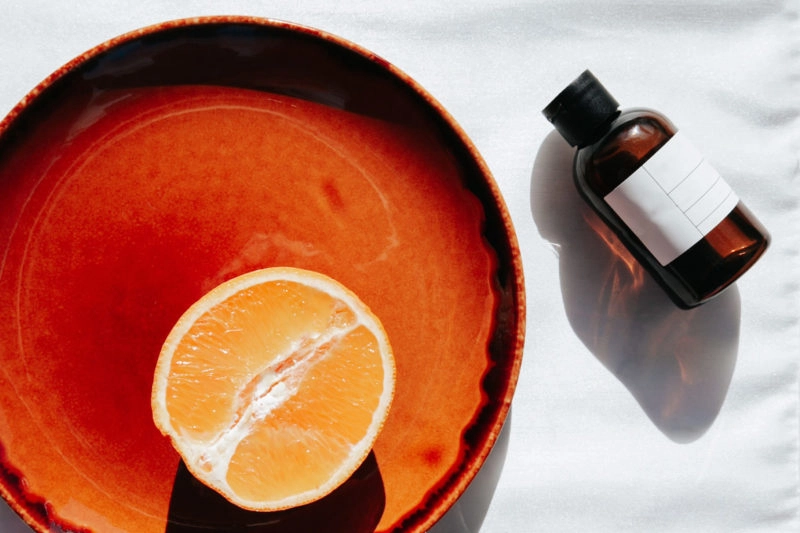
Why Hyaluronic acid (HA) is included in Face Serums
HA is a potent age-defying ingredient in many serums. It Is a sugar molecule naturally produced in the body, yet produced less with age. With aging, the body’s ability to produce collagen peptides lessens as well. That combination adds up to less hydration in the skin. Adding this molecule to a serum can help return water to dry skin. This powerful humectant is a critical part of rejuvenating skin with a youthful glow. It will help tighten and firm your look no matter your skin type.
How Vitamin C Serum Helps Brighten
This particular vitamin C works very well in tandem with HA (hyaluronic acid).
- It is a potent antioxidant that combats outdoor stressors on skin and helps bring a brighter look to your face.
- Alongside HA it protects skin from environmental stressors by enriching the skin with a moisturizing barrier.
These two together are incredible for diminishing the appearance of wrinkles and fine lines. Vitamin C also supports the replenishment of vitamin E in the body. Read more about how vitamin C serum can illuminate your appearance.
The Plumping Effect of Retinol (vitamin A)
Retinol (vitamin A) provides a firmer and plumper look to the skin. It is a widely used ingredient in skincare because of the fresh revitalized glow it provides. If you think of skin like a grape, it may help you better understand vitamin A. Over time the grape (or cells in the skin) can take on a raisin appearance. But retinol helps skin remain more like grapes and less like raisins.
What Green Tea Serum Does
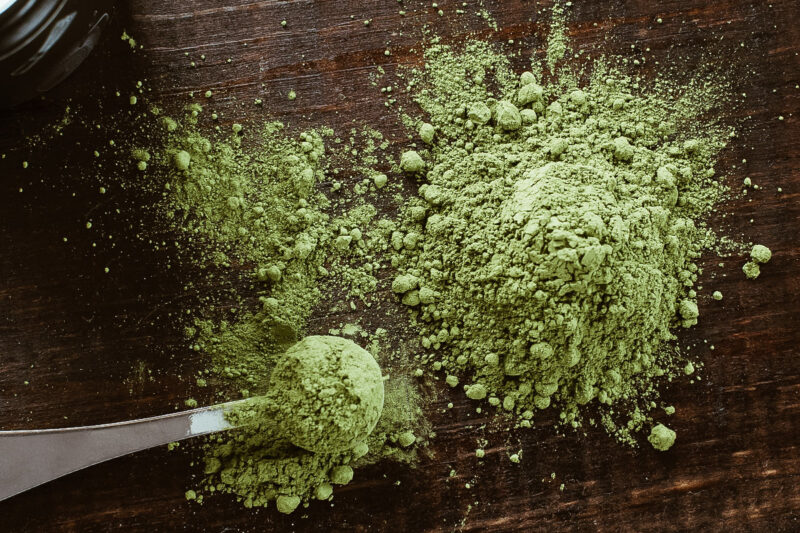
Green Tea provides powerful antioxidant activity to promote beautiful skin. It purifies the skin, lessening temporary redness, promoting evenness in tone, and leaving it appearing luminous. The fantastic brightening effect it has is what makes it so popular to use as an active ingredient in a face serum. It is highly recommended for sun-lovers of all skin tones.
Why You Want Stem Cells in a Face Serum
These cells are one of the best ingredients for face serums and other skincare products. This ingredient is extremely nourishing. It inspires the rejuvenation of skin cells, helping you defy your age by replenishing and refreshing the appearance of dull skin.
How Vitamin E Helps
Vitamin E is a skin lover. It also provides powerful antioxidant activity, especially when it is used alongside vitamin C. Together they reawaken the skin, promoting ageless beauty.
How Glycerin Helps Hydrate
Glycerin loves to hydrate the skin, helping revitalize the appearance of mature skin. It helps to improve the skin barrier, providing an instant glow and a protective moisture. This moisturizer has an emollient effect and is perfect for those who love the outdoors.
What Alpha Hydroxy Acids (AHAs) Do in a Face Serum
AHAs exfoliate with excellence. They provide a fresh and revitalized appearance, clarifying and balancing the skin. Glycolic acid and lactic acid are the most common types used in skincare products and are derived from plants and animals. They are one of the best ingredients for face serum because they are fantastic at leaving behind a healthy complexion.
And when you combine AHAs with vitamin C, this powerful duo not only reduces the look of wrinkles and firms skin but also promotes an even-toned glow and youthful radiance
The Energizing Effect of Alpha-Lipoic Acid (ALA)
ALA is produced naturally by the body to help energize you. It is part of skincare to protect from outdoor stressors, and revitalize the appearance of mature skin, leaving it both soft and radiant.
Botanical Ingredients in a Face Serum
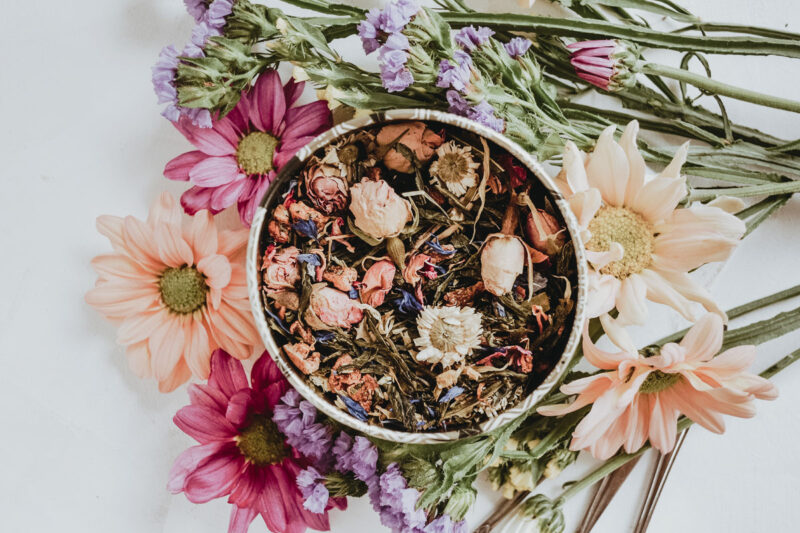
Botanicals are face serum natural ingredients that deserve their own section. Since there are many to choose from, we’ll keep it to some of our favorites that you’re sure to encounter among the library of skincare routines.
- Aloe vera is hydrating, giving a calming effect to the skin.
- Rose and rose hips both lessen the appearance of temporary redness, keeping skin hydrated and brightening its appearance.
- Amla berry exfoliates and promotes even skin tone.
- Calendula plumps the skin almost instantly, giving a tighter and firmer look.
- Ginkgo seed extract is fantastic for cleansing and evening the surface of skin.
- Nettle helps with lessening the appearance of temporary redness, as well as leaving skin smoother and calmer.
- Milk Thistle creates a fresh revitalized glow, leaving skin soft and radiant.
- Buddleja provides powerful antioxidant activity to promote beautiful skin.
- Rosemary is used for creating a smoother looking appearance. It also cleanses impurities for brightness.
- Rooibos helps with outdoor stressors. It has a gentle effect on the skin and is perfect for those who love being out in the sun.
- Frankincense reduces the appearance of wrinkles and fine lines, providing an instant glow.
- Gotu kola is another ingredient for those who can’t resist being outdoors. It is used as a natural skin protection that helps defy your age even in the presence of outdoor stressors.
- Rhodiola reawakens the skin, reducing the appearance of dullness and promoting ageless beauty.
- Jojoba is a powerful ingredient for those with oily skin. It can also minimize the appearance of dark spots to promote healthy looking skin.
- Licorice brightens and lightens your look, leaving skin luminous.
- Lavender essential oil is used to remove impurities, evening out skin. It helps with deep pore congestion and can help you find balance to keep you feeling synergized.
- Olive hydrates and infuses skin with powerful antioxidant activity.
- Avocado moisturizes, leaving a calming sensation for sensitive skin.
- Sandalwood is a nutritive Ingredient that helps defy age.
Finding the Best Serum for You
There you have it. These are the main ingredients in a face serum. Now you know what a face serum is made of and the ingredients that should be in a face serum. But how do you choose which, out of all these incredible ingredients, is right to add to your skincare regimen? Read our face serum guide to understand and choose the right serum for you, or learn how to apply your face serum for maximum benefits.
Annmarie Skin Care face serums are crafted with only organic and wildcrafted ingredients. Have you had a chance to try them? Tell us some of your favorite ones in the comments below.
Resources
Al-Niaimi, F., & Chiang, N. (2017). Topical Vitamin C and the Skin: Mechanisms of Action and Clinical Applications. The Journal of clinical and aesthetic dermatology, 10(7), 14–17.
Papakonstantinou, E., Roth, M., & Karakiulakis, G. (2012). Hyaluronic acid: A key molecule in skin aging. Dermato-endocrinology, 4(3), 253–258. https://doi.org/10.4161/derm.21923
OyetakinWhite, P., Tribout, H., & Baron, E. (2012). Protective mechanisms of green tea polyphenols in skin. Oxidative medicine and cellular longevity, 2012, 560682. https://doi.org/10.1155/2012/560682
Sorrell, J. M., & Caplan, A. I. (2010). Topical delivery of mesenchymal stem cells and their function in wounds. Stem cell research & therapy, 1(4), 30. https://doi.org/10.1186/scrt30
Keen, M. A., & Hassan, I. (2016). Vitamin E in dermatology. Indian dermatology online journal, 7(4), 311–315. https://doi.org/10.4103/2229-5178.185494
Milani, M., & Sparavigna, A. (2017). The 24-hour skin hydration and barrier function effects of a hyaluronic 1%, glycerin 5%, and Centella asiatica stem cells extract moisturizing fluid: an intra-subject, randomized, assessor-blinded study. Clinical, cosmetic and investigational dermatology, 10, 311–315. https://doi.org/10.2147/CCID.S144180
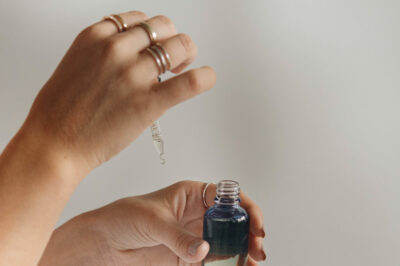



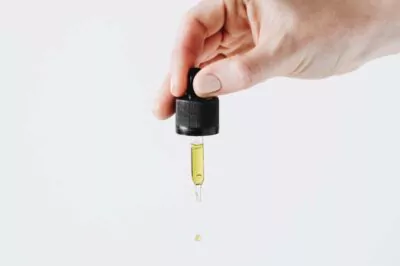



Leave a Reply